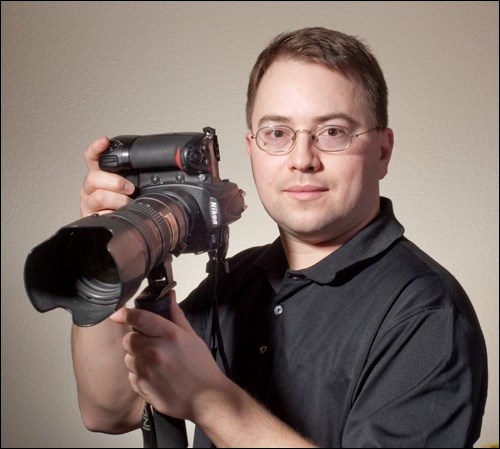When it comes to high-impact sports, Dr. Bennet Omalu has done the equivalent of Martin Luther posting his 95 theses. In the Dec. 7 New York Times, his op-ed piece called for all kids, anyone under the age of 18, to not be allowed to play high-impact contact sports. It ran under the headline, “Don’t let kids play football.”
He compared our society’s growth in knowledge about the harmful effects of smoking and asbestos, and subsequent moves to eliminate those threats to our health. He equates those two to the threat to people’s health when they play football, hockey, mixed martial arts and boxing.
For those who haven’t heard of Dr. Omalu, you will. He’s portrayed by Will Smith in the upcoming Hollywood film Concussion, due Dec. 25. The movie is about his efforts to get the NFL to realize the impact it is having on its players.
Essentially, it’s destroying their brains. He would know. He’s dissected many of them, and discovered the related disease.
How much of our society is hinged on impact sports? While reading Omalu’s’ article, I thought immediately of the $22 million hockey arena Estevan built a few years ago. Watching the evening news, the mayor of Regina was talking about that day’s budget deliberations and subsequent tax hike that was expected. Behind him was a large artist’s rendition of the new Mosaic Stadium.
Each and every one of us is paying each and every day for facilities whose primary purpose is for people (mostly young people) to knock heads in.
Omalu writes, “If a child who plays football is subjected to advanced radiological and neurocognitive studies during the season and several months after the season, there can be evidence of brain damage at the cellular level of brain functioning, even if there were no documented concussions or reported symptoms. If that child continues to play over many seasons, these cellular injuries accumulate to cause irreversible brain damage, which we know now by the name Chronic Traumatic Encephalopathy, or CTE, a disease that I first diagnosed in 2002.
“Depending on the severity of the condition, the child now has a risk of manifesting symptoms of CTE like major depression, memory loss, suicidal thought and actions, loss of intelligence as well as dementia later in life. CTE has also been linked to drug and alcohol abuse as the child enters his 20s, 30s and 40s.”
The stereotype is that the jock in high school or university isn’t all that bright. Maybe there’s something to that, if they’ve been accumulating brain injuries since a young age.
I was photographing football a few years ago, when something I heard a coach say to a nine-year old caught my attention. “Go out and hit someone!” he said.
Football is nothing without hitting.
Omalu writes, “As physicians, it is our role to educate and inform an adult about the dangers of, for example, smoking. If that adult decides to smoke, he is free to do so, and I will be the first to defend that freedom. In the same way, if an adult chooses to play football, ice hockey, mixed martial arts or boxing, it is within his rights.”
Children, however, should not be allowed to play these sports, he says. He’s not talking about concussion awareness, but an outright end. No more kids hitting each other. As for adults, well, it’s their own issue.
There’s a fundamental issue with this assertion. You don’t get to play football in the NFL or hockey in the NHL unless you spend basically your entire life as a child and teenager developing the skill. No kids playing means no more professional leagues, unless flag football is going to be expected to fill Lambeau Field. What Omalu is proposing is an end to these sports, the biggest sports in the United States and Canada.
Will that happen?
Was your house built with asbestos? Does anyone smoke indoors, besides in their own house, anymore?
These changes did not take place overnight, just as the Protestant reformation did not happen overnight. But will big sports succeed where big tobacco has failed? In many ways, sports today is the religion of yesteryear.
The question is, are we sacrificing our children on its altar?
— Brian Zinchuk is editor of Pipeline News. He can be reached at brian.zinchuk@sasktel.net.



